Introduction to Furniture Transfers Rub On
If you’re looking to breathe new life into your old furniture without the hassle of painting or stenciling, furniture transfers rub on are your ideal solution. These decorative decals can transform an ordinary piece into a stunning centerpiece with minimal effort.
From intricate floral designs to bold geometric patterns, furniture transfers provide a versatile and cost-effective way to enhance your décor. In this guide, we’ll explore everything you need to know about furniture transfers rub on, from their history to advanced application techniques.
What Are Furniture Transfers Rub On?
Furniture transfers rub on are adhesive-backed decorative designs that can be applied to furniture surfaces. These transfers typically feature intricate details and vibrant colors, making them a popular choice for DIY enthusiasts. Unlike stickers, they fuse seamlessly with the surface, giving a hand-painted appearance. Their versatility allows them to be used on wood, metal, glass, and even painted surfaces.
Benefits of Using Rub-On Transfers
- Ease of Application: No artistic skills are needed.
- Cost-Effective: Affordable compared to professional makeovers.
- Versatility: Works on various surfaces and furniture types.
- Durability: Long-lasting results when properly sealed.
Step-by-Step Guide to Applying Furniture Transfers Rub On
Materials Needed
Before starting, gather the following:
- Furniture transfers
- Burnishing stick or credit card
- Scissors
- Soft cloth
- Sealing topcoat
Preparation
- Clean the Surface: Ensure the furniture is free from dirt, grease, and dust.
- Smooth the Surface: Sand rough areas and apply a primer if needed.
- Plan Your Design: Cut out the transfer and position it on the furniture to visualize the layout.
Application Process
- Position the Transfer: Place the transfer on the desired surface with the adhesive side down.
- Rub the Transfer: Use a burnishing stick or credit card to firmly rub the transfer. Apply consistent pressure to ensure all parts adhere.
- Peel the Backing: Slowly remove the backing paper at an angle. If any part doesn’t stick, rub it again before peeling further.
- Seal the Design: Apply a clear topcoat to protect the transfer and enhance its longevity.
Troubleshooting Common Issues
- Air Bubbles: Pierce with a pin and smooth out gently.
- Misalignment: Carefully reposition before fully adhering.
Creative Uses for Furniture Transfers Rub On
Transform Your Furniture
Rub-on transfers are ideal for:
- Dressers
- Coffee tables
- Chairs
- Cabinets
Unique Applications
You can also use them for smaller projects like:
- Picture frames
- Serving trays
- Mirror edges
Inspiration Table
| Transfer Theme | Ideal Furniture Piece | Suggested Color Palette |
|---|---|---|
| Floral | Vintage Dresser | Pastels, Creams |
| Geometric | Modern Coffee Table | Black, White, Gold |
| Vintage Typography | Rustic Cabinet | Earth Tones, Greys |
Maintenance and Care
Cleaning Transferred Surfaces
To maintain your furniture transfers rub on:
- Use a soft, damp cloth for cleaning.
- Avoid abrasive cleaners that can damage the design.
Protecting the Finish
Apply a durable sealant like polyurethane or wax to protect against wear and tear. This step is especially important for pieces used frequently, such as tables or chairs.
Advanced Techniques
Layering Transfers
Create a multidimensional effect by layering multiple transfers. Start with larger designs as a base and add smaller accents.
Combining with Other Techniques
Pair transfers with painting, stenciling, or decoupage to craft a unique look.
Aging Effects
Achieve a vintage appearance by lightly sanding the edges of the transfer or using a glaze.
FAQs About Furniture Transfers Rub On
- Can furniture transfers rub on be used on fabric surfaces like upholstery?
Yes, they can be applied to fabric surfaces, but a fabric-specific adhesive or sealant may be required to ensure durability. - How should I store unused furniture transfers?
Keep them in a cool, dry place, away from direct sunlight and humidity, to maintain their adhesive quality. - Are furniture transfers rub on environmentally friendly?
Many transfers are made with non-toxic materials, but it’s essential to check the product label for eco-friendly certifications. - What should I do if my transfer starts peeling over time?
Reapply pressure to the peeling area and use a small amount of clear adhesive or sealant to secure it. - Can I apply furniture transfers on curved surfaces?
Yes, but it may require additional care and techniques, such as cutting the transfer into smaller sections for a better fit.
Conclusion
Furniture transfers rub on offer a simple yet transformative way to update your furniture. Whether you’re a DIY enthusiast or a first-time decorator, these transfers make it easy to achieve professional-looking results. By following this guide and applying the tips provided, you can elevate your furniture projects and add a personal touch to your home decor.
Recommended Articles:
- Venta de Aluminio Guatemala: La Guía Definitiva
- The Ultimate Guide to On The Run Soultip Distributors in the USA
- Zuek Fasteners Drive Shaft: A Comprehensive Guide to Maintenance and Functionality
- Revolutionary Advances in Palos Verdes Med Spa: What You Need to Know
- MAGA Crunch Cereal: A Comprehensive Guide
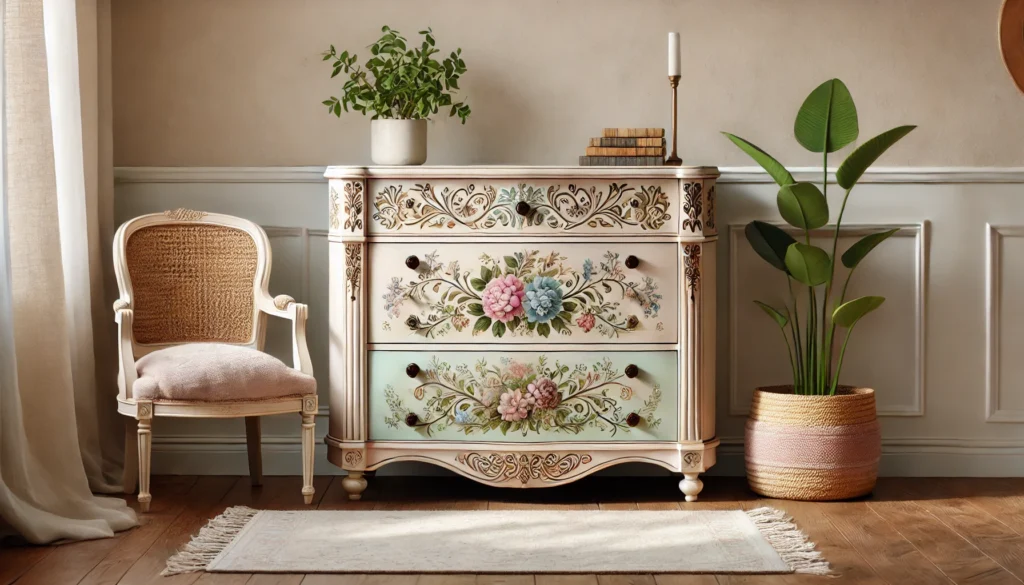
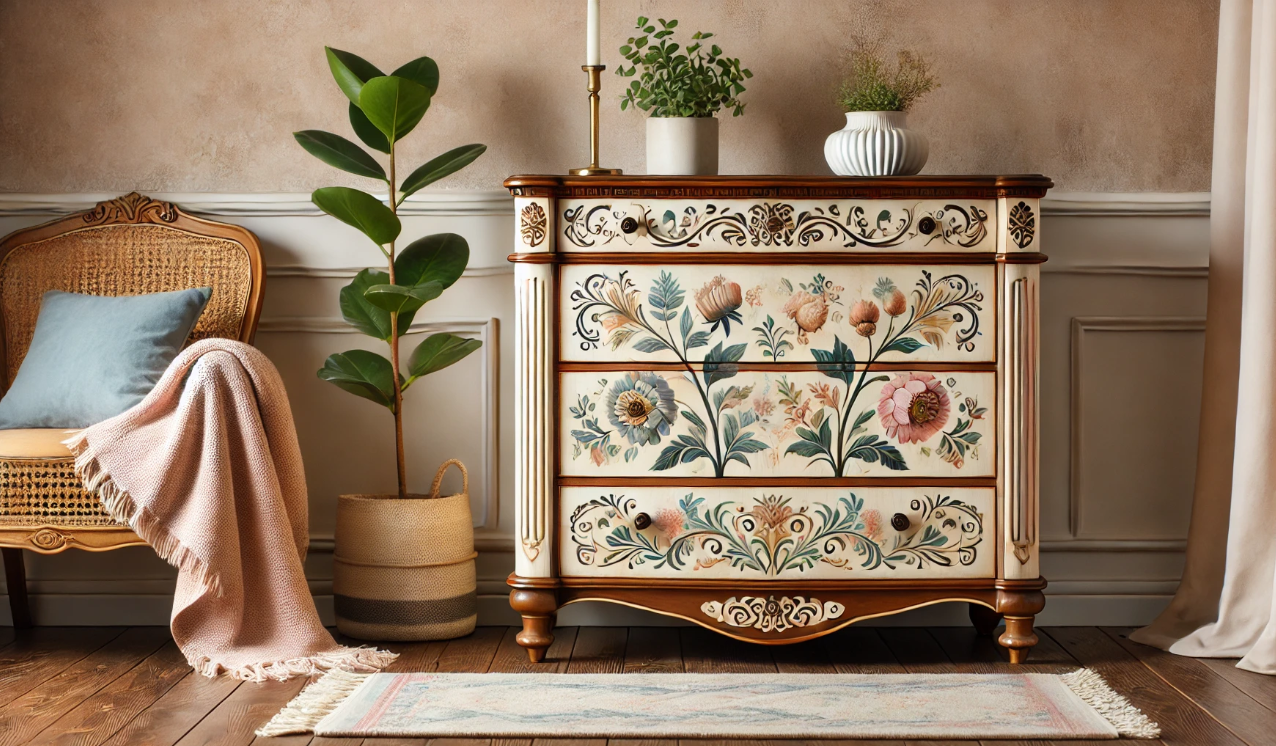

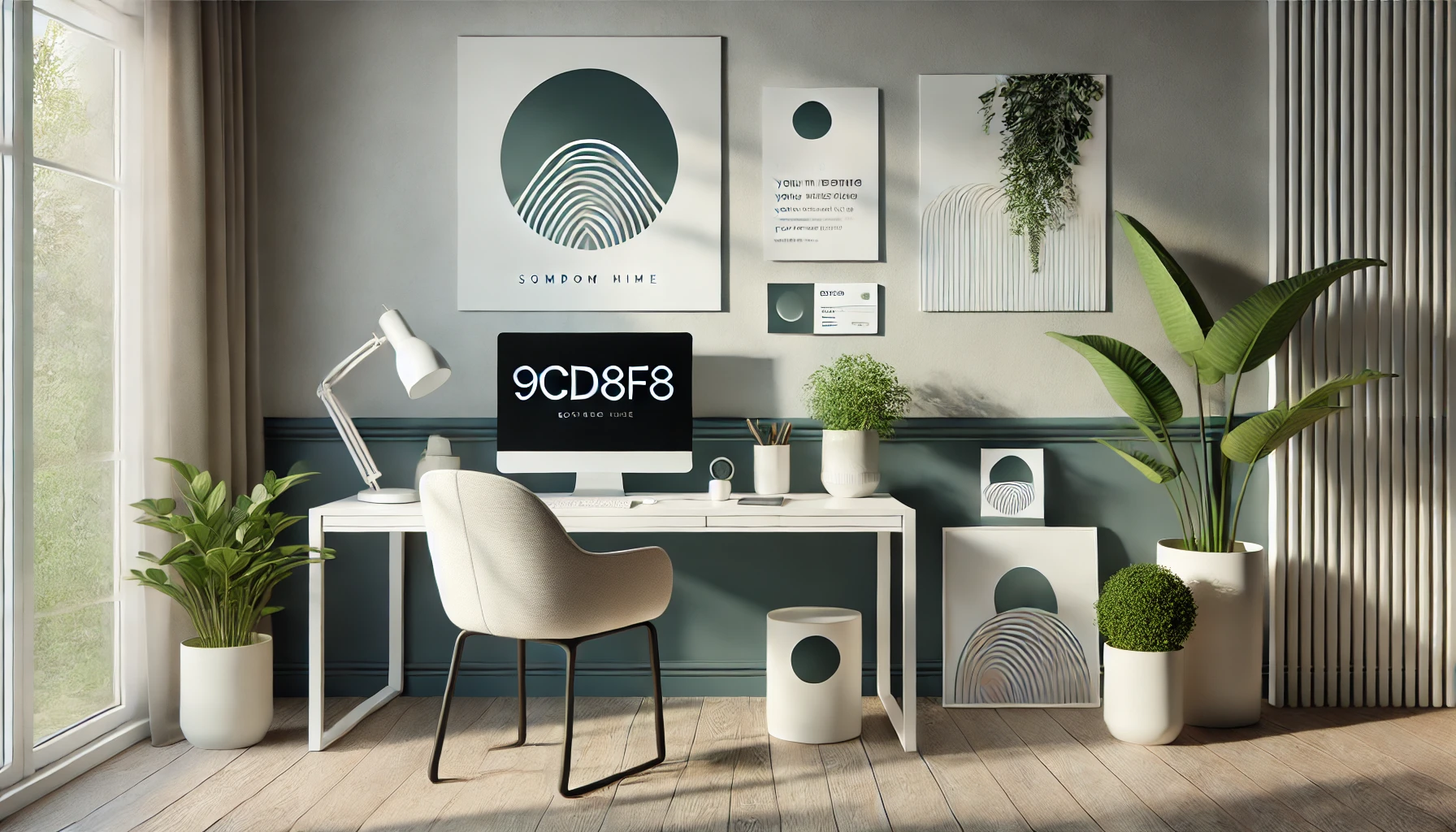
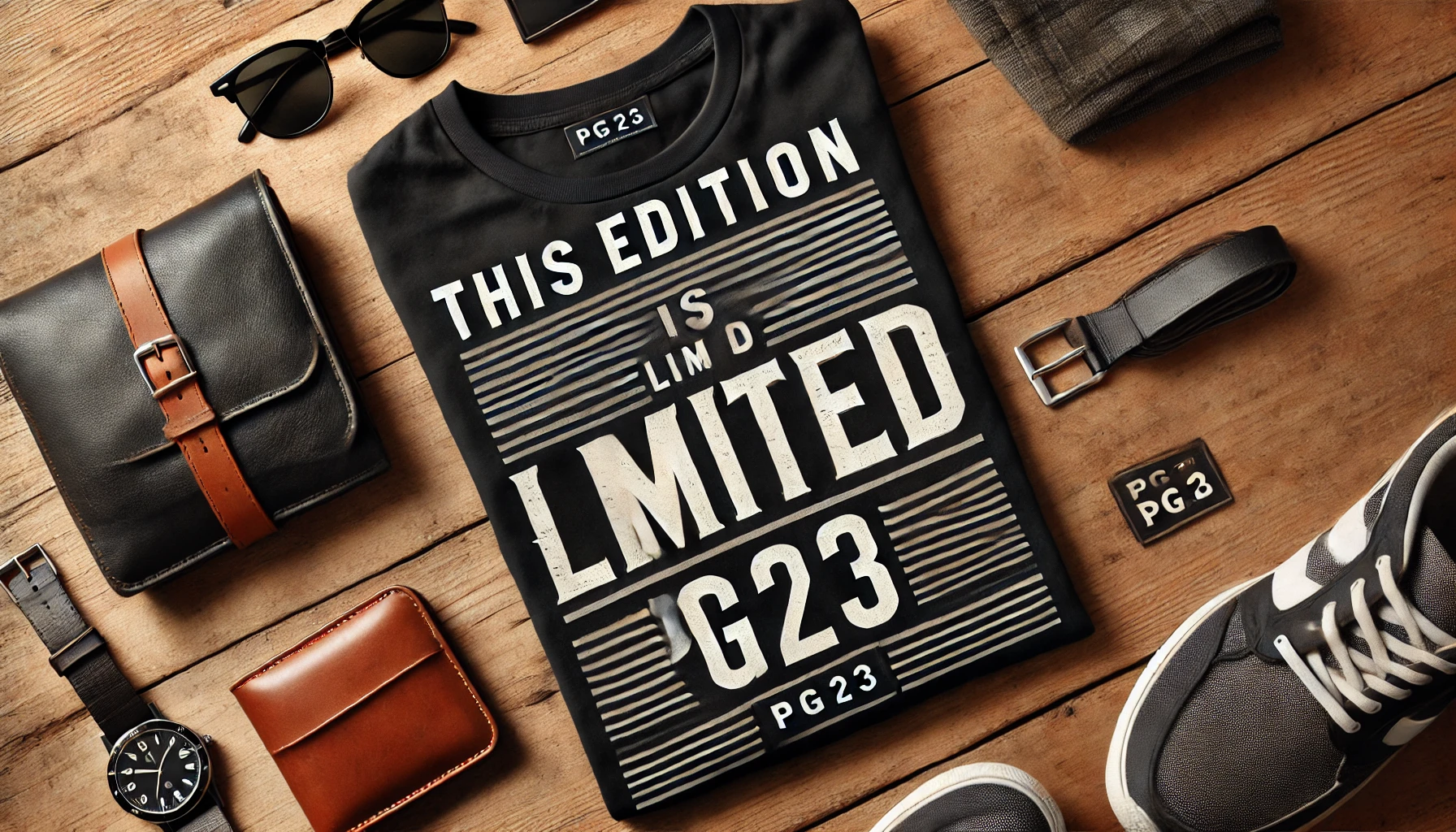
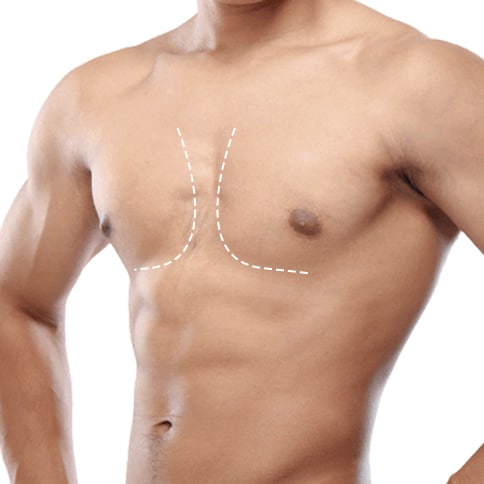



Leave a Reply